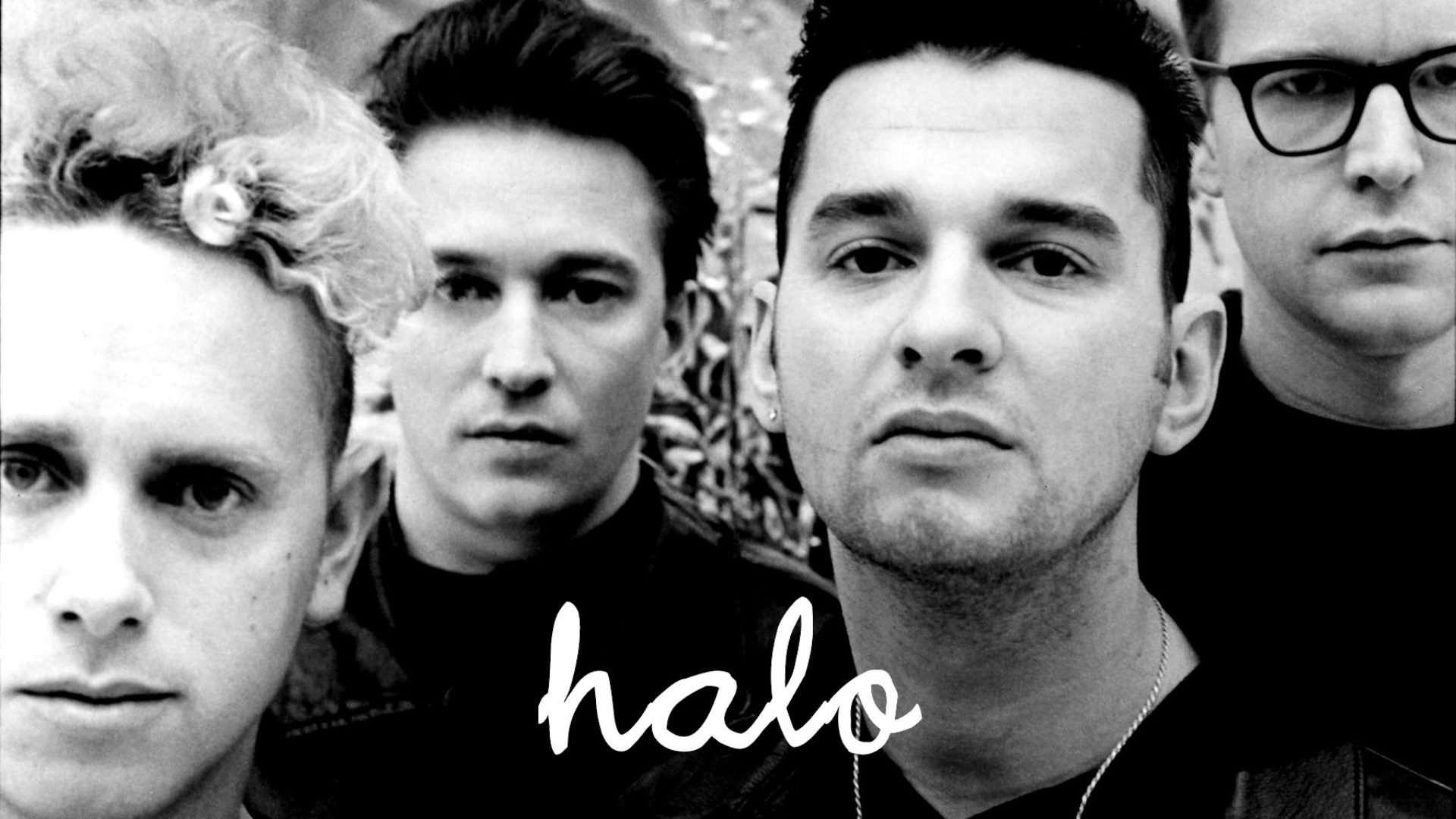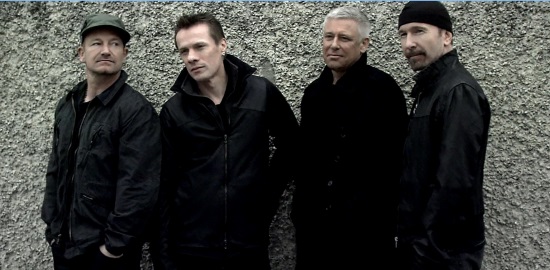It seemed unfathomable that, after years of enjoying his work and that of many of his collaborators, Anton Corbijn biopic Inside Out had passed me by.
But, finally, a copy of the Klaartje Quirijns-directed documentary arrived via Amazon last week.
Here is the trailer:
+ + +
Anton Corbijn is not an easy guy to understand.
To put the 60-year-old Dutchman into some kind of context for Depeche Mode fans, Corbijn is the man who – in Dave Gahan’s words – “visually saved” the band.
After over half a decade of videos of questionable quality, many of which you could almost sense that the band were massively out of their comfort zone, Corbijn was hired to direct the clip accompanying the release of A Question Of Time.
His efforts with the third single from Black Celebration ensured that both he and the band would work together again.
By the time of Violator and Songs Of Faith and Devotion he was all-in with Depeche, directing videos, creating gig stages and backdrops, official photos and record sleeves.
That relationship lasts to this day, with Corbijn most recently directing the Live In Berlin concert DVD (just don’t ask fans about the lack of a Blu-Ray version) in 2014.
He has, lest we forget, photographed countless music acts, actors, politicians and other high profile figures.
Corbijn’s head
Any Depeche fans who are eagerly expecting to hear lots of commentary from Corbijn about the band in the 84-minute documentary should look elsewhere – Inside Out feels more like GoPro strapped to the head of a psychiatrist as they interview the extremely complex Corbijn.
That’s not to say Depeche and some of the other acts who have received the Corbijn treatment fail to feature in the film.
George Clooney, Lou Reed, Metallica and U2 are shown acting, posing for photographs or larking about with the director.
Inside Out, however, is not a conventional look at the life and times of a well known character – like its subject matter, Quirijns’s film is a lot more complex than that.
Corbijn’s childhood features prominently in the narrative running through Inside Out, in what looks like a deliberate (and successful) tactic by Quirijns to establish a link between his work and his experiences as a human being.
As many a Depeche fan will now, religious iconography and themes have often been at the centre of so much Corbijn’s work with the band.
And so there is a sizeable section of the film where Quirijns talks to Corbijn about his years growing up on the Dutch coast, the son of a preacher.
Those years appear, as far as Corbijn is willing to share, reasonably unremarkable in terms of major, life-affirming events.
But as is with so much of Corbijn’s later work, whether it is photography, music videos or films, there are multiple layers involved to the story.
Corbijn admits to being lonely – a feeling that cleverly manages to run throughout the pace and style of the documentary, and one which Corbijn himself tries to explain.
It would be fair to say that the varying degrees of loneliness (even in his latter years), combined with a religious upbringing and an obsession with how visuals – especially light – make people feel, may have contributed to some of the darker or unconventional interpretations of human emotion within his work.
Outside in
Inside Out is not a particularly uplifting piece of work, nor is it really meant to be.
Quirijns’s skill rests in creating a rather sad yet absorbing portrait of a man who appears to be torn between hiding in his own, shy world but being reasonably happy to fulfil the needs of those who want to learn more about him.
The film hints at a fair amount of conflict (not of the aggressive kind) in Corbijn’s world – but also shows perhaps how he manages to escape from it all: his family.
In fact, the segments featuring his sister and mother are calm, sometimes funny and yet still rather melancholic, especially with Marietje (who passed away in 2011 at the age of 86) when they talk about his father (also named Anton).
Quirijns manages to extract plenty from Corbijn’s head, but still leaves it up to the viewer to come to their own conclusions about him and his legacy (so far).
And this, ironically, is also a trademark of Corbijn’s work – don’t seek to explain everything, let the person experiencing that work do the hard work and interpret it themselves.
For most of us who have watched and admired his work for many years, there are three elements which would undoubtedly ring true about Corbijn: depth, darkness and an ability to give an edge to his collaborators.
+ + +

Martin Gore is the only member of Depeche Mode to be featured in the film.
He is seen playing pool and joking with Corbijn, before being asked by Quirijns about the band’s close and long-term collaboration with the Dutchman over the years.
“We really struggled early on with an image problem. We were seen really as just a pop band. So we felt Anton has a certain seriousness and a certain gravity to his work that would help us get away from that. It helped us to create a kind of cult status.”
Incidentally, Quirijns was also interviewed about her role in making Inside Out:

